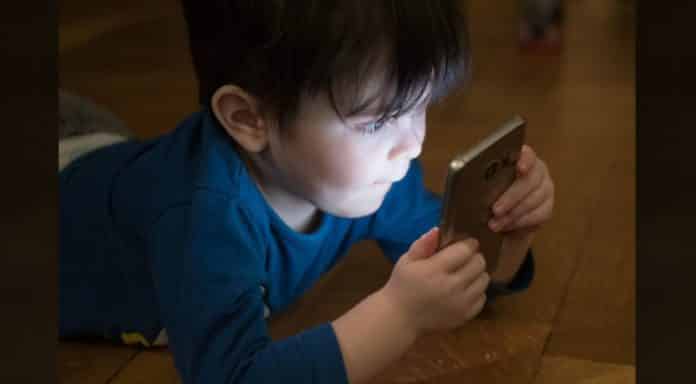
Sept. 17 (UPI) — The rate of near-sightedness among young schoolchildren in China rose by more than 50% during the COVID-19 pandemic, a study published Thursday by JAMA Ophthalmology found.
In addition, children who developed near-sightedness, or myopia, during the pandemic, did so to a greater extent than those diagnosed with the vision condition in 2019, the year before the discovery of the coronavirus, the researchers said.
Researchers earlier this year found similar increases in the condition among children in the United States, suggesting the effects of increased screen time among children are not limited to a few regions of the world.
“The findings are associated with pandemic-associated restrictions imposed on families, such as lockdowns, causing no to limited outdoor activities and increased screen time,” epidemiologist David C. Musch, who authored a commentary published with the study, told UPI in an email.
“If the Delta variant causes renewed lockdowns involving young children, their chance of developing myopia will increase,” said Musch, a professor of visual sciences at the University of Michigan in Ann Arbor.
Although severe COVID-19 causes damage to the eyes in a small number of patients, the higher rates of myopia seen in this study most likely are due to increased screen time among young people, according to Musch and the authors of the study.
With schools closed worldwide and children forced to spend more time at home — and online in “virtual” classrooms — “screen time,” or the time spent using computers and digital devices, has more than doubled, Quotidio, a company that tracks device usage, estimates.
In China, where stay at home orders designed to help prevent the spread of the virus were more stringent than those in the United States and elsewhere, the rise in screen time among children may be even more pronounced, Musch said.
Research suggests that the risk for near-sightedness increases with more screen time, particularly in the still-developing eyes of children, although the reasons for this link are not entirely clear.
For this study, the researchers from Sun Yat-Sen University in Guangzhou assessed myopia trends in nearly 2,700 school children in grades 2 and 3, most of whom were 7 to 8 years old.
They compared pre-pandemic rates of myopia to those reported in 2020, when COVID-19 was spreading through China and much of the world, causing disruptions to education and other activities.
About 21% of the children in the study developed near-sightedness during the pandemic, compared with just over 13% in 2019, the data showed.
In addition, levels of myopia were slightly worse in the children who experienced vision loss during the pandemic, compared with those who developed the condition in the previous year.
A separate analysis published in January by JAMA Ophthalmology found similar increases in rates of near-sightedness among children in roughly the same age group in the United States.
“Virtual teaching in the United States was widespread and required children to increase their screen time accordingly [and] if time spent in outdoor activities also decreased, an impact on myopia incidence in U.S. children could have occurred,” Musch said.
“The findings of this and several prior studies warrant attention by parents and care providers of young children to ensure their children’s day includes outdoor activities and some limits on screen time,” he said.





